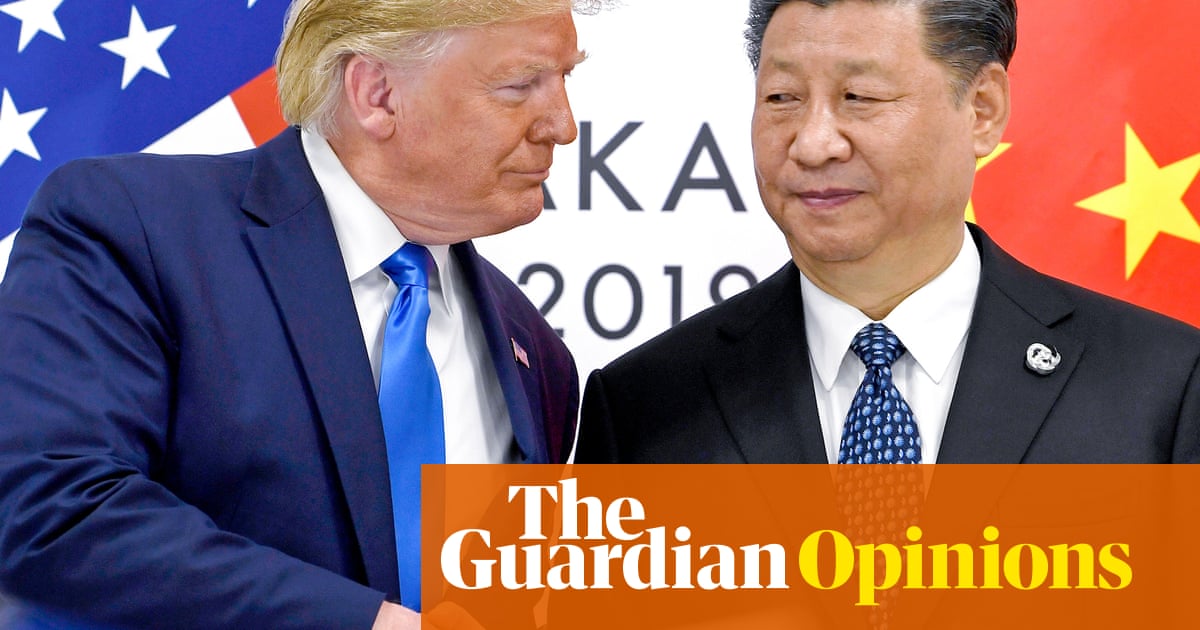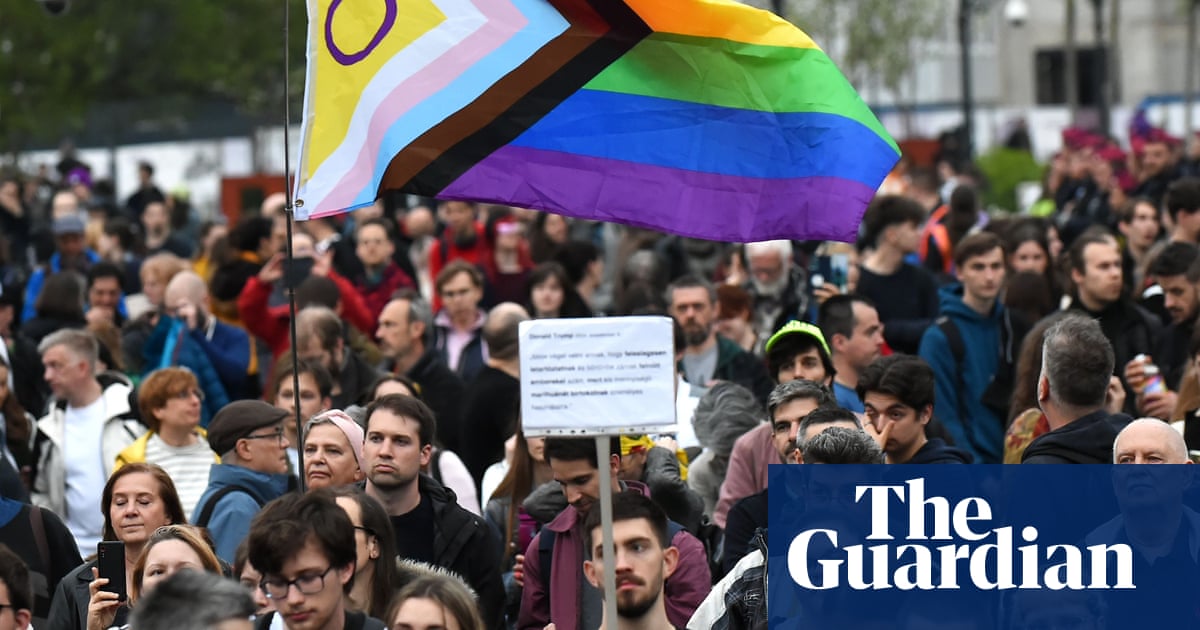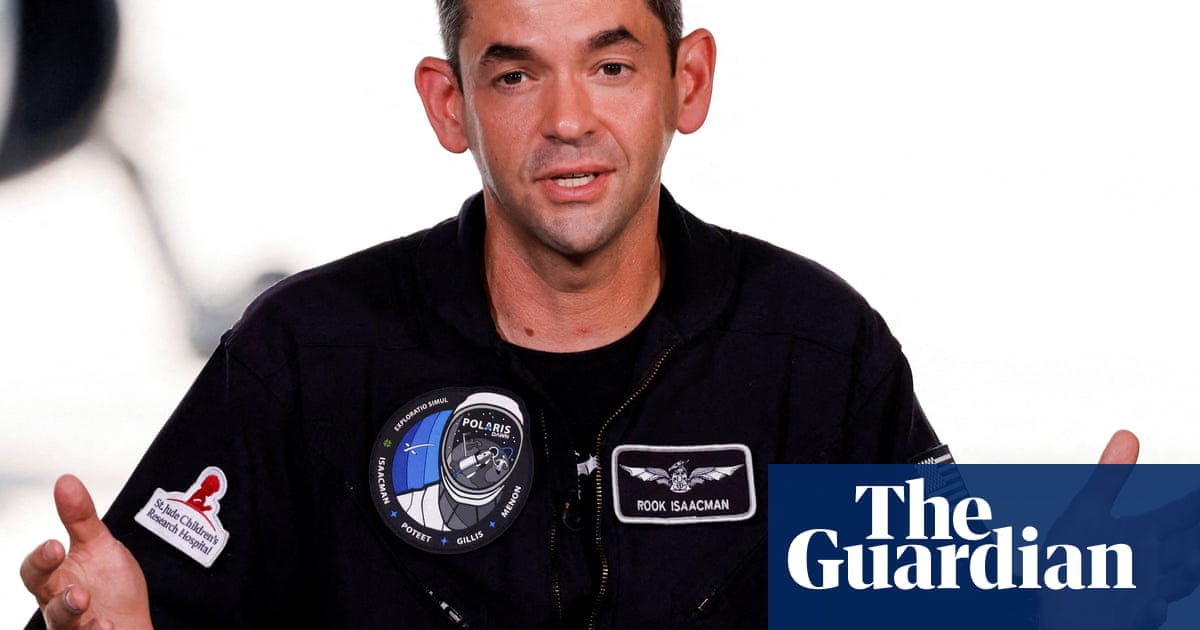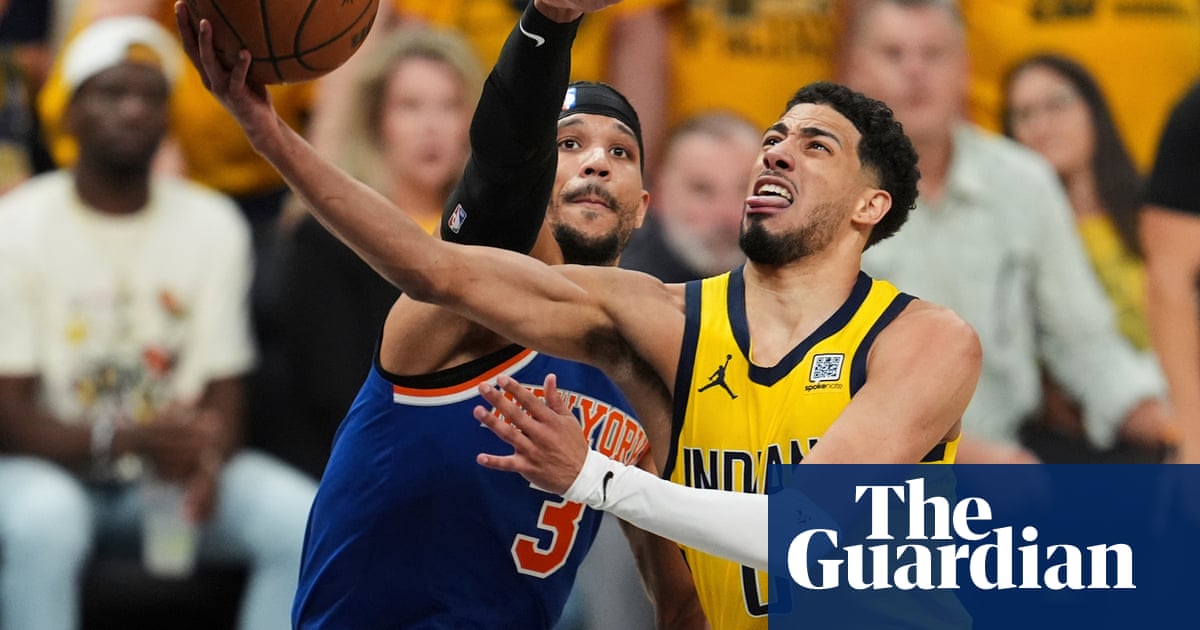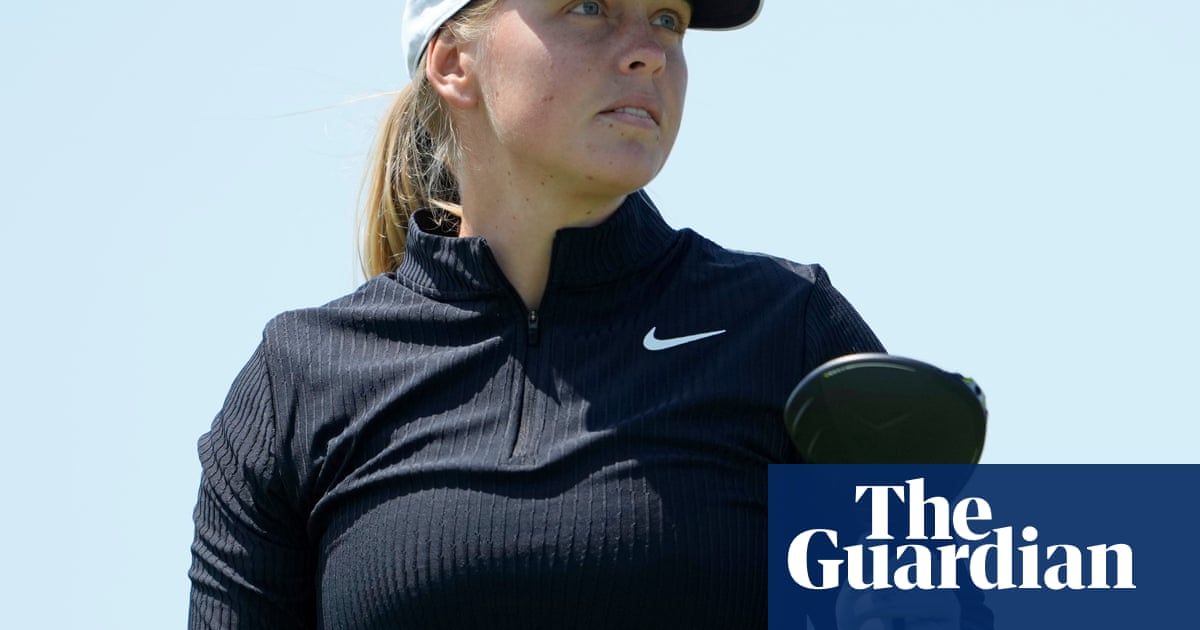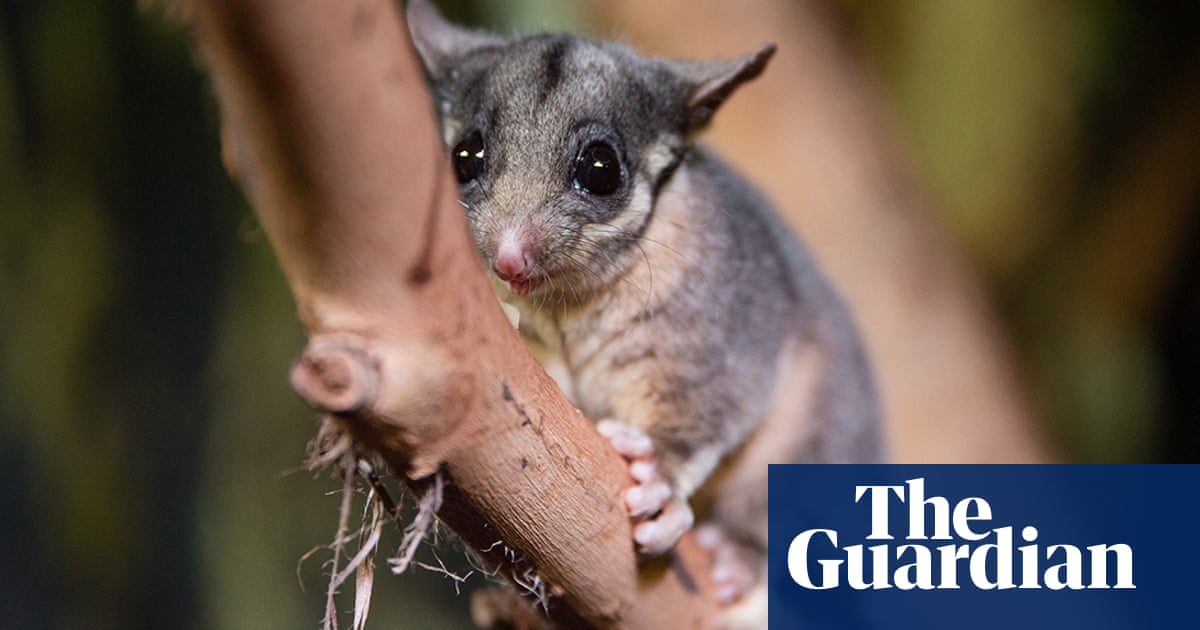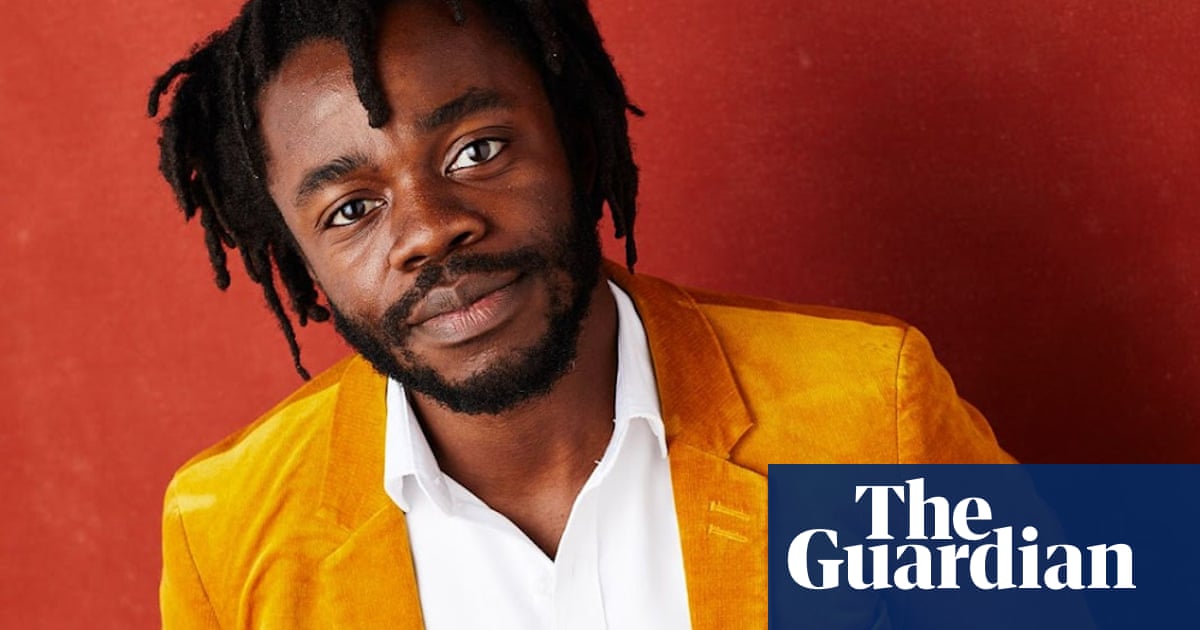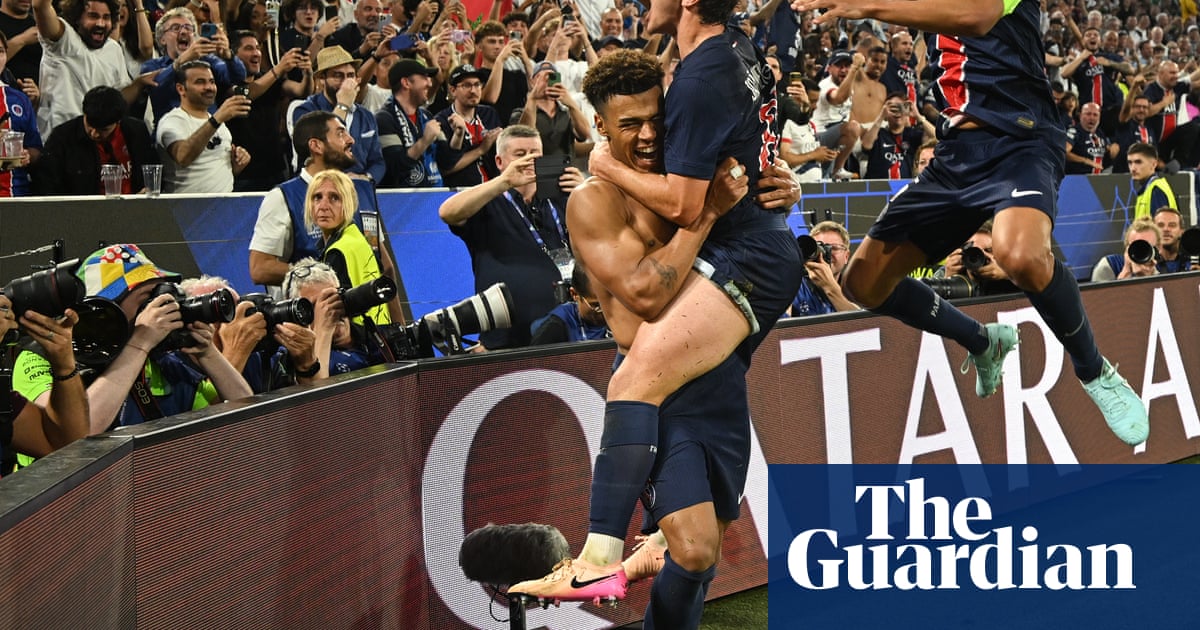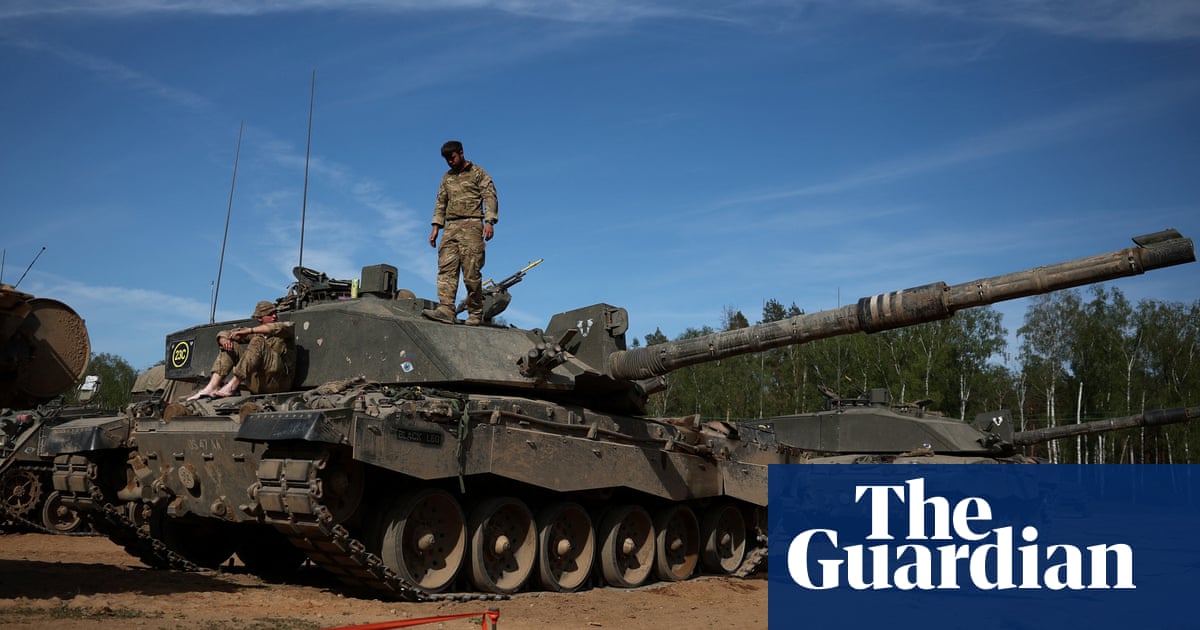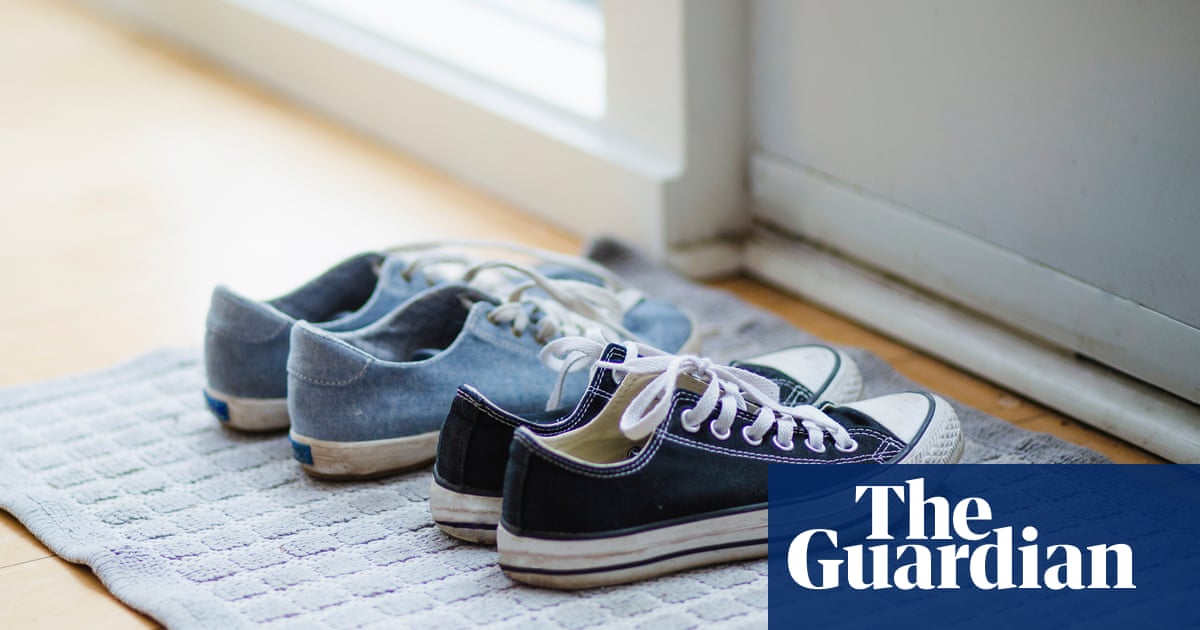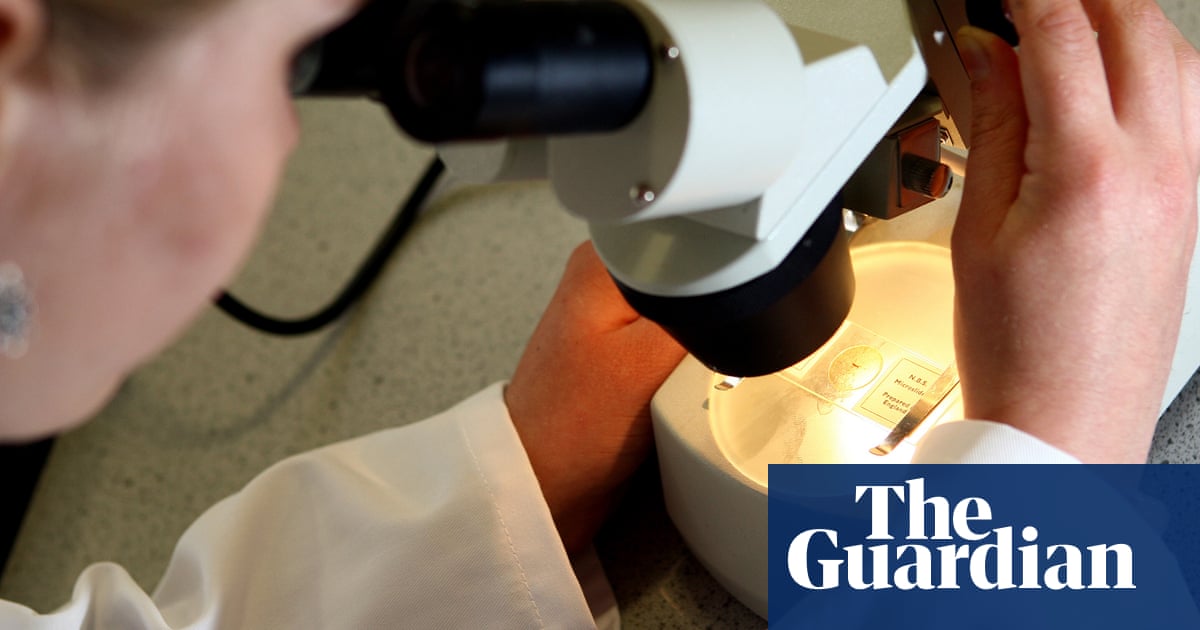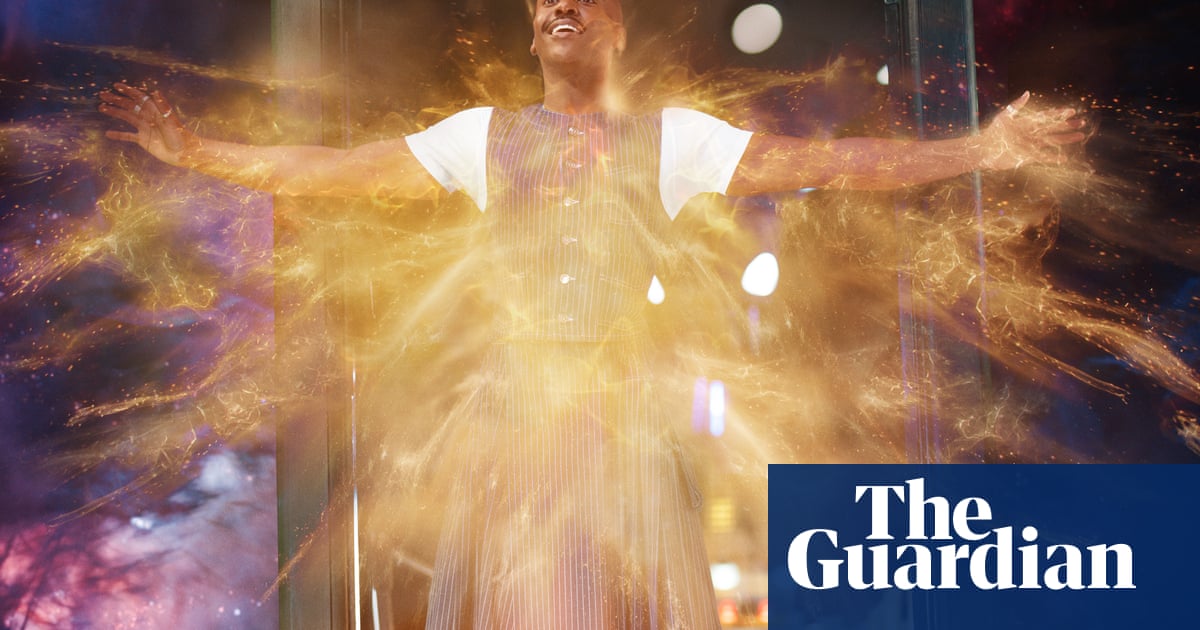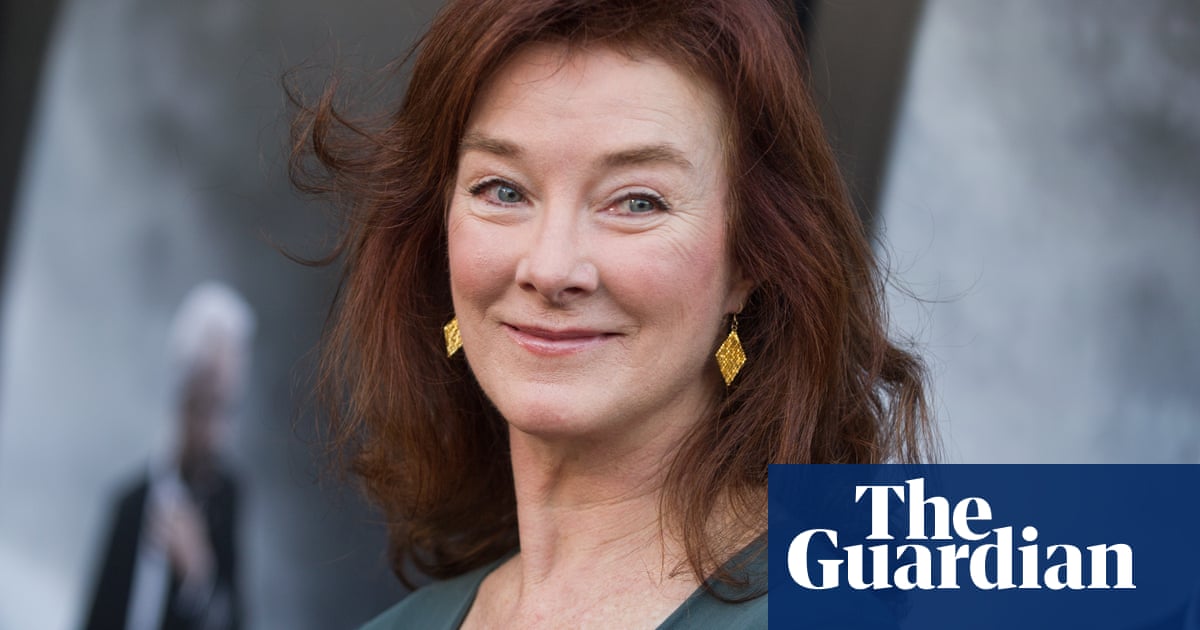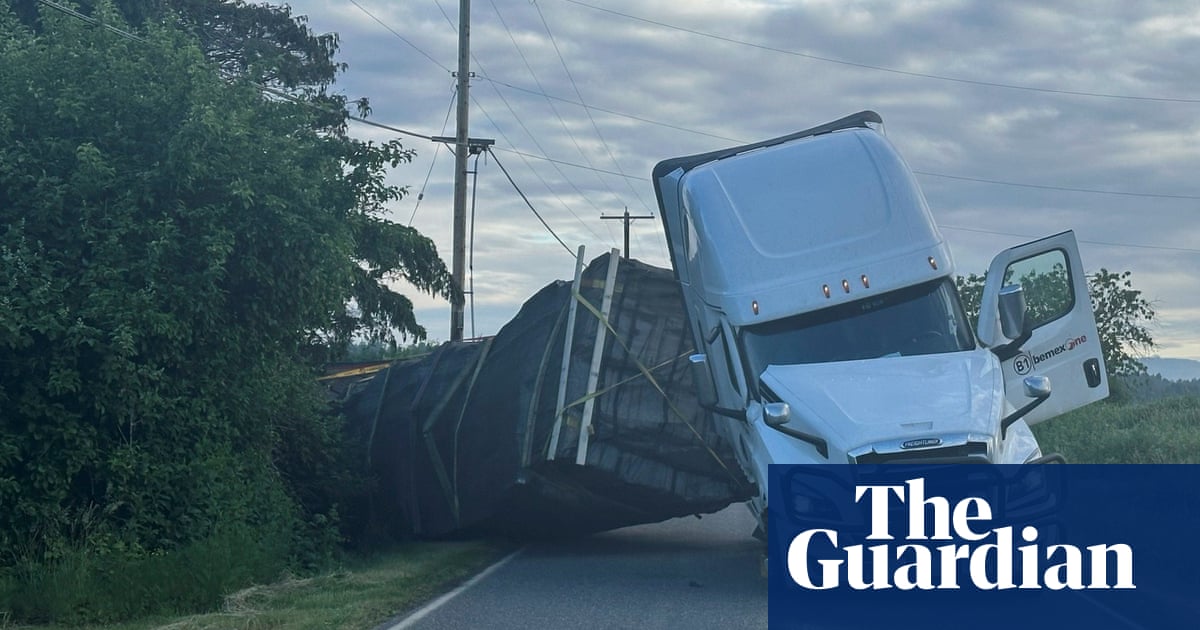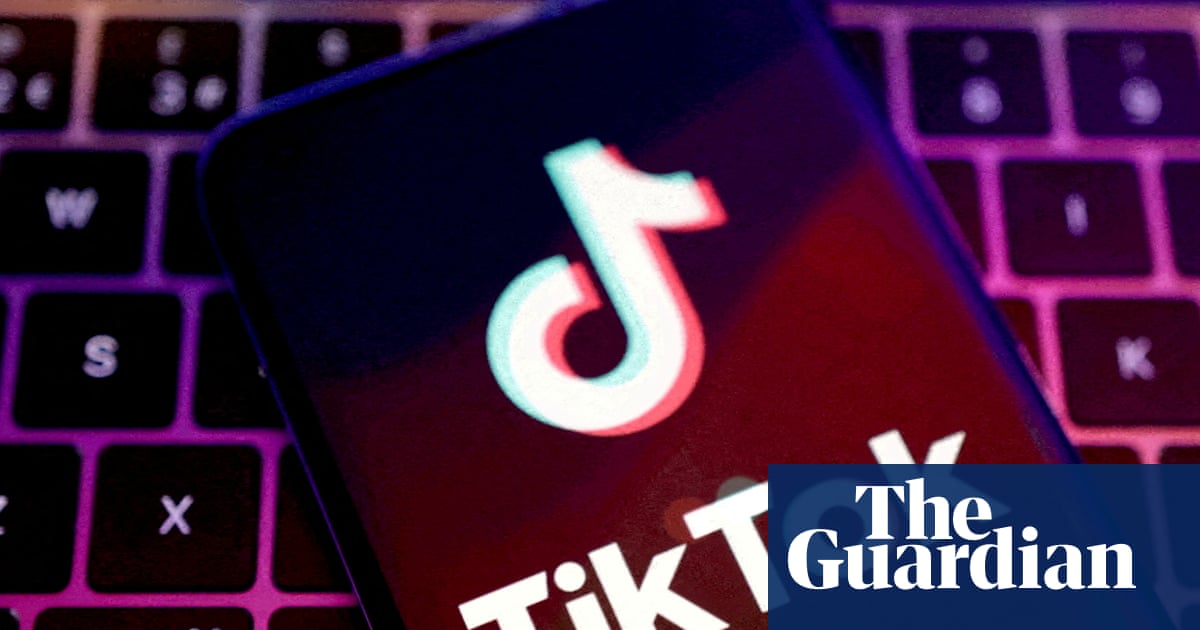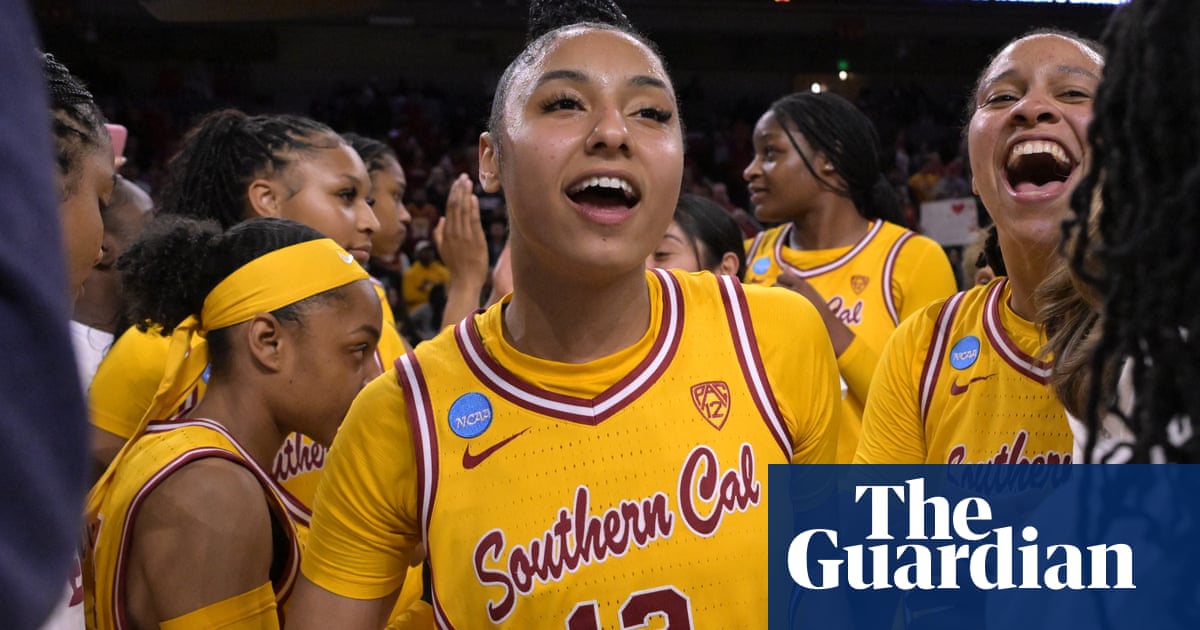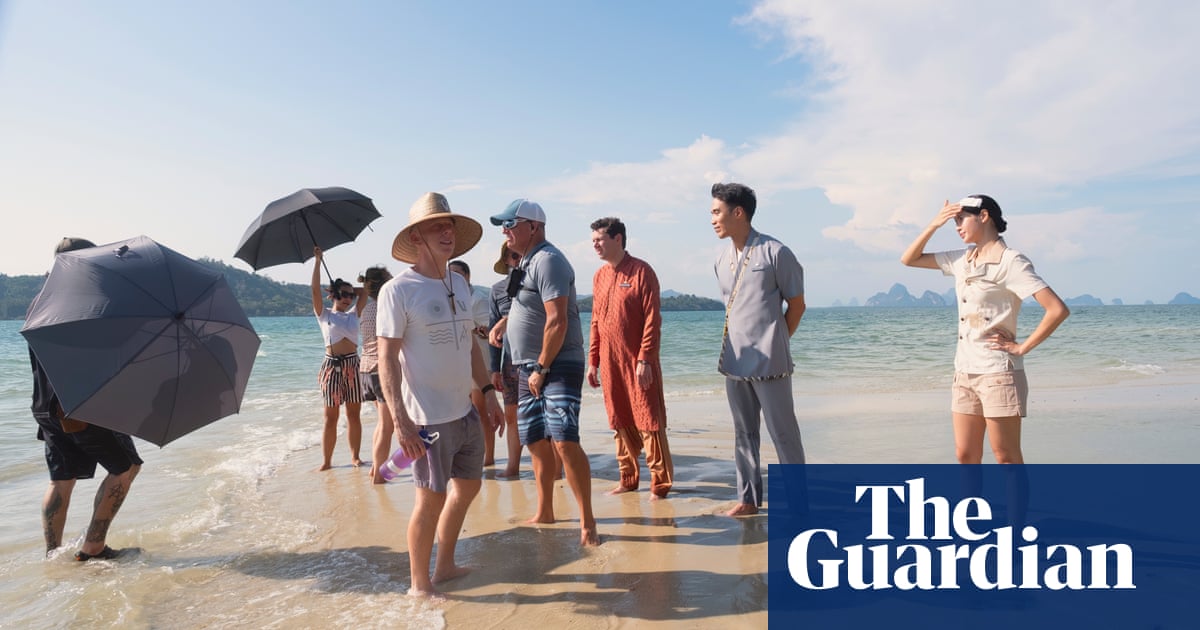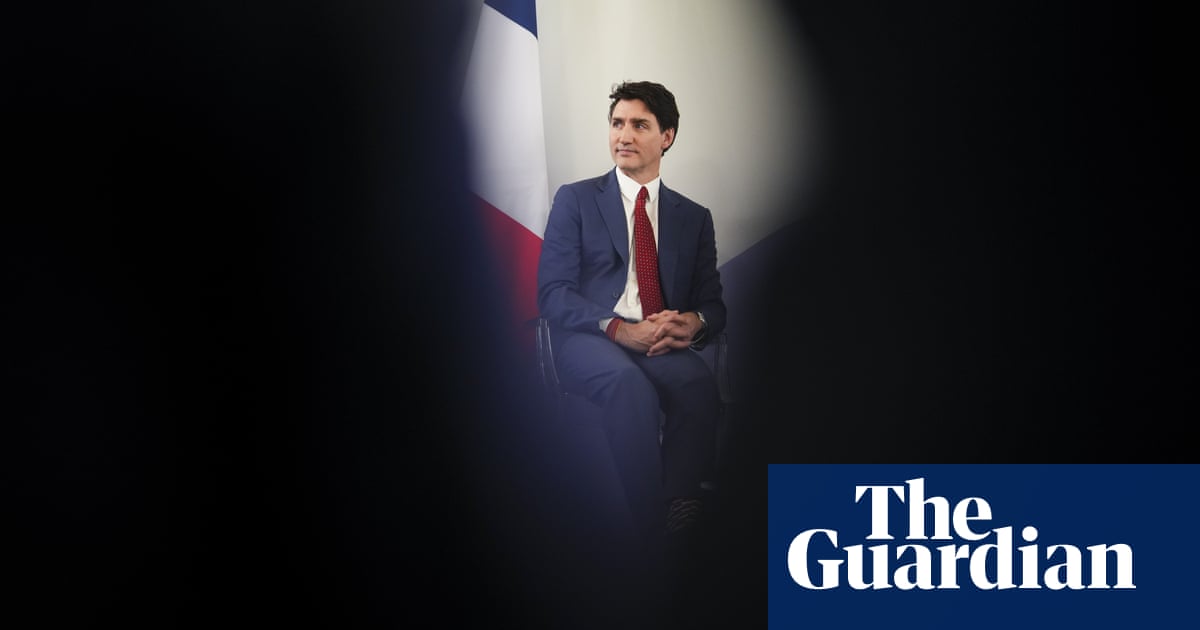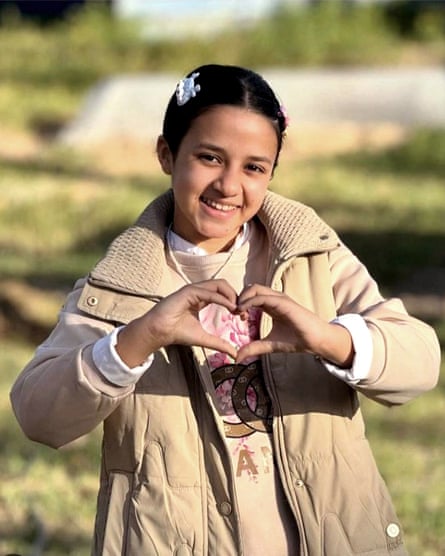
At about 3pm last Friday, Dr Alaa al-Najjar, a paediatrician at Nasser hospital in Khan Younis, received the charred remains of seven of her 10 children, killed in an Israeli airstrike. The bodies of two others were buried beneath the rubble.
A few miles away, 11-year-old Yaqeen Hammad, known as Gaza’s youngest social media influencer, was killed after a series of heavy Israeli airstrikes hit the house where she lived with her family. She was watering flowers in a tiny patch of greenery eked out of a displacement camp when she died. Her cousin, 16-year-old Eyad, was gravely wounded.
Even by the terrible standards of the Gaza conflict, the deaths had the power to shock. But they were also a reflection of a daily reality in the territory: the killing and maiming of its youngest citizens and the destruction of a generation.
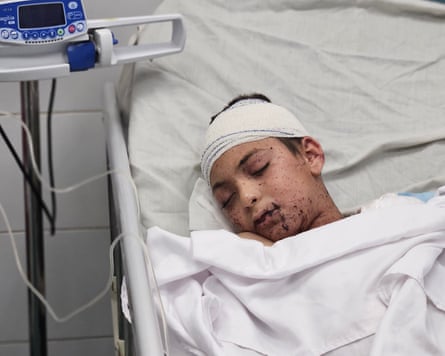
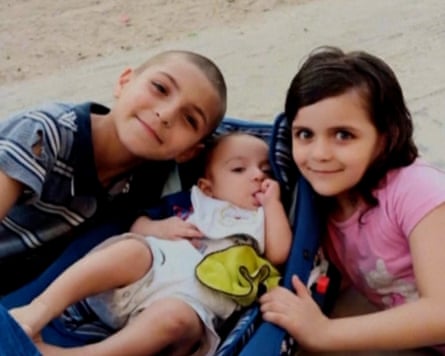
According to local health officials, whose estimates have generally been found to be accurate by the global humanitarian community, more than 16,500 children have been killed in the 19 months since the war began – a figure almost 24 times higher than the number of children killed in Ukraine, where the population is 20 times bigger, since Russia’s invasion. The World Health Organization tally for child deaths stands at 15,613.
Colleagues of Najjar say that in the days since she lost her children she has spent her waking hours weeping outside a room in Nasser hospital. Inside lies her only surviving child, 11-year-old Adam, who is clinging to life with the help of a ventilator, his breathing shallow and more than 60% of his body covered in burns.
Najjar’s husband, Hamdi, a 40-year-old physician, also survived the strike but suffered severe injuries, including brain damage and fractures caused by shrapnel.

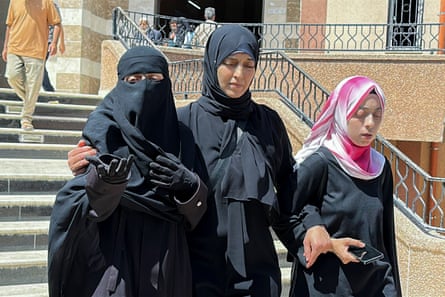
Reached by the Guardian, the Israel Defense Forces (IDF) said “the Khan Younis area is a dangerous war zone” and that “the claim regarding harm to uninvolved civilians is under review”.
Speaking to the Italian newspaper La Repubblica, Adam’s uncle, Ali al-Najjar, 50, issued a desperate plea: “Adam must be taken away, to a real hospital, outside Gaza. I beg the Italian government – do something. Take him. Save him, Italians.”
On Thursday, Italy’s foreign minister, Antonio Tajani, said the country was ready to receive Adam for medical care and was working to arrange his evacuation.
Along a corridor in the same hospital where Adam is being treated lies Eyad. His father – and Yaqeen’s uncle – is Hussein Hassan, a 46-year-old Red Crescent paramedic. Hassan said he was working in the hospital’s emergency department when he received a call saying his son had been injured and his niece killed by a missile.
Hassan said the family had received no warning that a strike was imminent and that he was haunted by the question of why a missile would be fired that hit children watering and planting flowers. “How could this be? The children are still so young to be considered targets,” he said. “Was there a targeted vehicle nearby? Or someone being pursued who passed by the street? I don’t know.”
When news of Yaqeen’s death spread online on Monday, there was an outpouring of grief and tributes from activists, followers and journalists. “Yaqeen was cheerful, full of energy,” Hassan said. “Due to my workload I hadn’t seen her in a month before she died – and that’s what hurt the most, that my last sight of her was when she was wrapped in a white shroud.
“I said my goodbye to her in the morgue at al-Aqsa Martyrs hospital in Deir-al Balah, and then carried her cold body into the ambulance to be transported for burial. Her family is devastated – she was their pampered youngest, the baby of the family.”
Eyad remains in intensive care in Nasser hospital. He lost his left eye in the strike and has a fractured shoulder. When he was admitted to hospital, shrapnel was embedded in various parts of his body.
“Seeing him in that condition broke my heart – my son, now lying in the hospital before my eyes,” Hassan said. “Yaqeen’s story is like that of so many children in Gaza who have been killed in the war, for no reason. They are not just numbers – each child has a story, a life, and families who are heartbroken by their loss.”
The IDF says it is reviewing the circumstances of the strike.
Three days later, in Gaza City, another family suffered another unimaginable loss. Six-year-old Ward Khalil’s mother and two of her siblings were among dozens of Palestinians killed in Israeli strikes on Fahmi al-Jarjawi school. Harrowing footage showed Ward leaving the scene of the strike, her body silhouetted against flames that had engulfed the school.
The next day Ward gave an interview to Al Jazeera in which she recounted the horrors she had experienced. “When I woke up, I found a huge fire, and I saw my mom was dead,” she said. “I walked in the fire so I could escape … I was in the fire, and the ceiling fell on me. The ceiling all collapsed. The fire was blazing,”
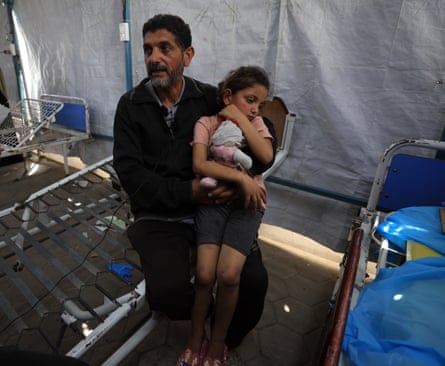
On top of Israeli strikes, Gaza’s children are facing catastrophic levels of hunger.
Aid agencies say Palestinian children are bearing the brunt of an Israeli aid blockade that for nearly three months has severely restricted the flow of food and humanitarian assistance into the territory.
The consequences have been devastating: last week, in one 48-hour period, 29 children and elderly people died from starvation, according to the West Bank-based Palestinian Authority health minister, Majed Abu Ramadan. The Integrated Food Security Phase Classification (IPC) estimated in May that nearly 71,000 children under the age of five were expected to be acutely malnourished by next March. Of these, 14,100 cases are expected to be severe.
According to the UN humanitarian aid organisation for children, Unicef, more than 9,000 children have been treated for malnutrition in Gaza this year. “These children – lives that should never be reduced to numbers – are now part of a long, harrowing list of unimaginable horrors,” Unicef said in a statement this week.
“The children of Gaza need protection,” it said. “They need food, water and medicine. They need a ceasefire. But more than anything, they need immediate, collective action to stop this once and for all.”

 1 day ago
10
1 day ago
10
